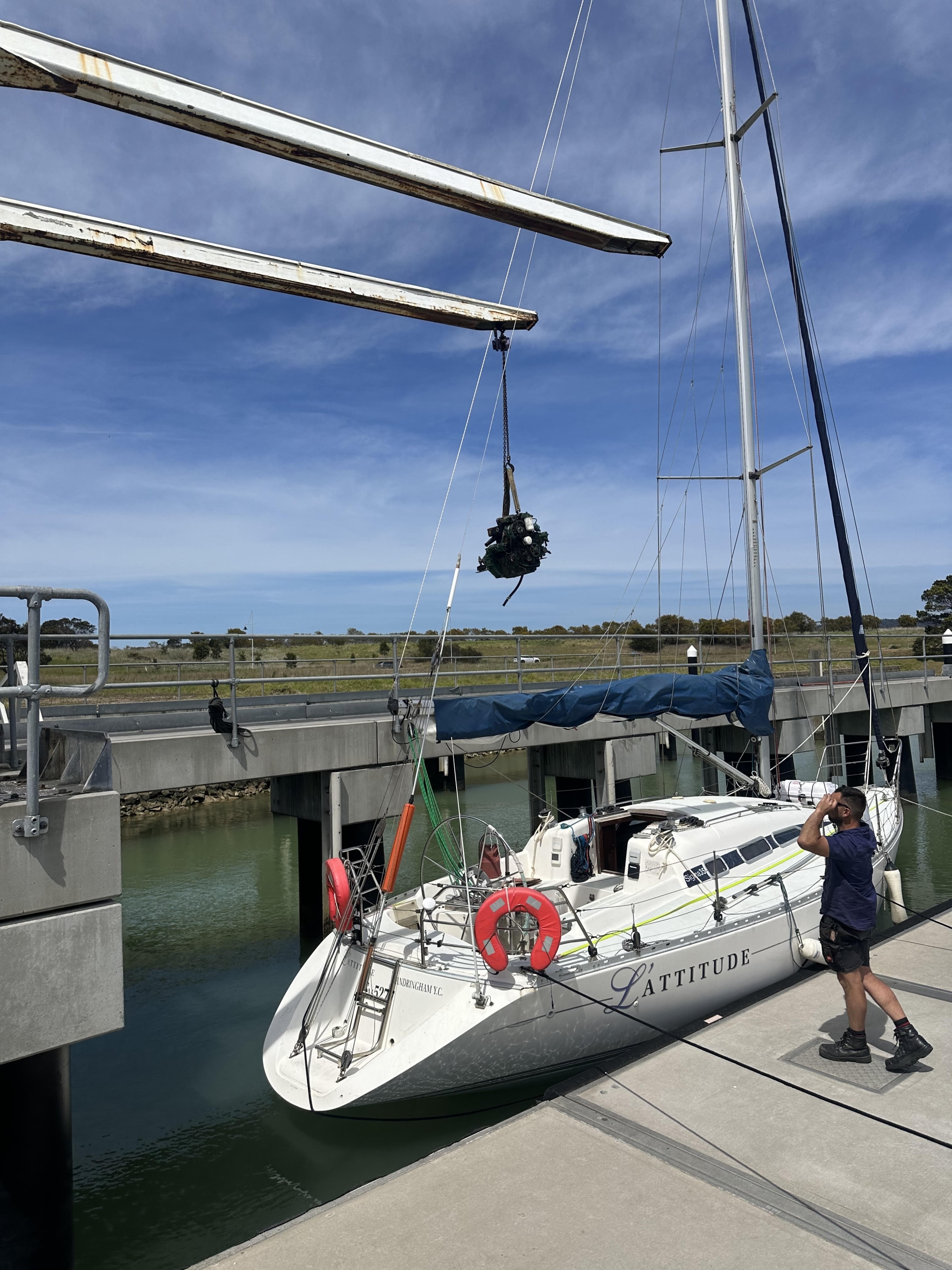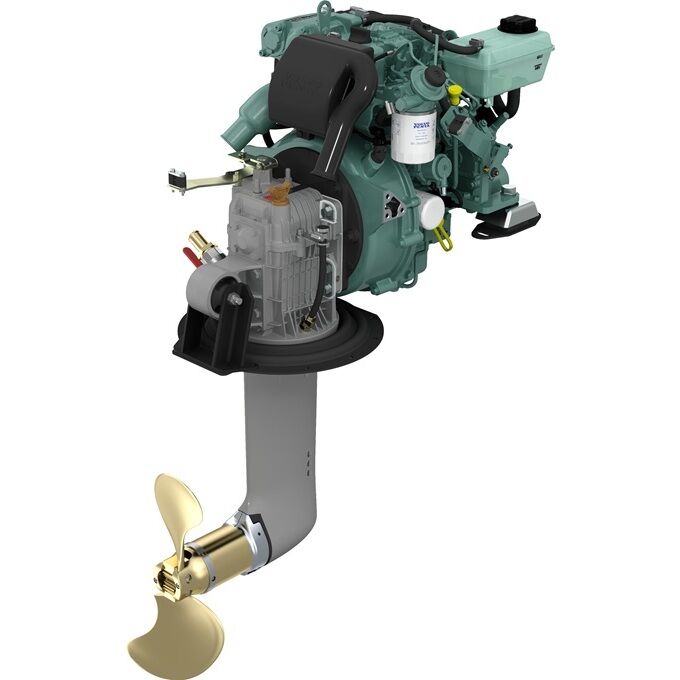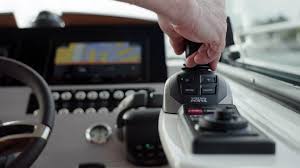Repowering a Sailing Yacht: From 2003 BT to D1-30
 If you’re considering repowering a sailing yacht this article will offer some insight into the repowering process for a sailing yacht and the considerations involved.
If you’re considering repowering a sailing yacht this article will offer some insight into the repowering process for a sailing yacht and the considerations involved.
Recently, we were called to Martha Cove Marina on the Mornington Peninsula to inspect a sailing vessel equipped with a 32-year-old Volvo Penta 2003 BT (bobtail) engine. This trusty Volvo Penta marine engine had served the owner well for decades, providing years of safe and reliable sailing. The Volvo Penta 2000 series was a popular choice for many boats, but as time marches on, even the most reliable engines show their age, and sourcing parts becomes increasingly challenging.
Initial Inspection and Decision to Repower
The customer had requested a full inspection and service of the engine and its running gear. Upon inspection, we discovered several significant issues, including a leaking head gasket. Given the age of the engine and the extent of the issues, it became clear that the most cost-effective solution was a complete repower.
Choosing the New Engine: Volvo Penta D1-30
The original 2003 BT engine had a horsepower rating of 28 HP, so we recommended the Volvo Penta D1-30 as a replacement. This modern engine also offers 28 HP, making it an ideal match for the vessel’s needs while providing improved reliability and efficiency.
Challenges and Modifications
While the D1-30 was a close fit, some modifications were necessary to ensure optimal installation. Specifically, we needed to raise the engine bed by 25 mm and make adjustments to accommodate the exhaust system, which was positioned on the opposite side compared to the old engine. These changes required careful planning and execution to maintain the vessel’s balance and functionality. These modifications are always an after thought as every boat is built differently. We also replaced the controls and cables as it was all original and very old.
Installation Process
We began by removing the old 2003 BT engine while the vessel remained in the water. Once the new D1-30 was lifted in, we encountered delays due to limited yard space, which prevented us from immediately placing the boat on the hardstand. Aligning the propeller shaft is crucial for smooth operation, so we had to wait until space was available.
Once the vessel was out of the water and secured on the hardstand, aligning the propeller shaft became a relatively straightforward task. With the alignment completed and all necessary modifications made, we finalised the installation, ensuring that the new engine was securely in place and fully operational.
Final Thoughts
Repowering a yacht is a significant project that requires careful planning, skilled labour, and attention to detail. The transition from a Volvo Penta 2003 BT to a D1-30 brought this vessel into the modern era, equipping it for many more years of safe and reliable sailing. While challenges such as limited yard space and necessary modifications can arise, and should be budgeted for, the end result—a smoothly running, reliable engine—makes the cost and effort worthwhile.
Whether you’re considering a repower or simply maintaining your current marine engine, it’s important to understand the process and potential challenges/costs involved. In this case, the owner now has peace of mind, knowing their vessel is equipped with a modern engine ready for new adventures.



